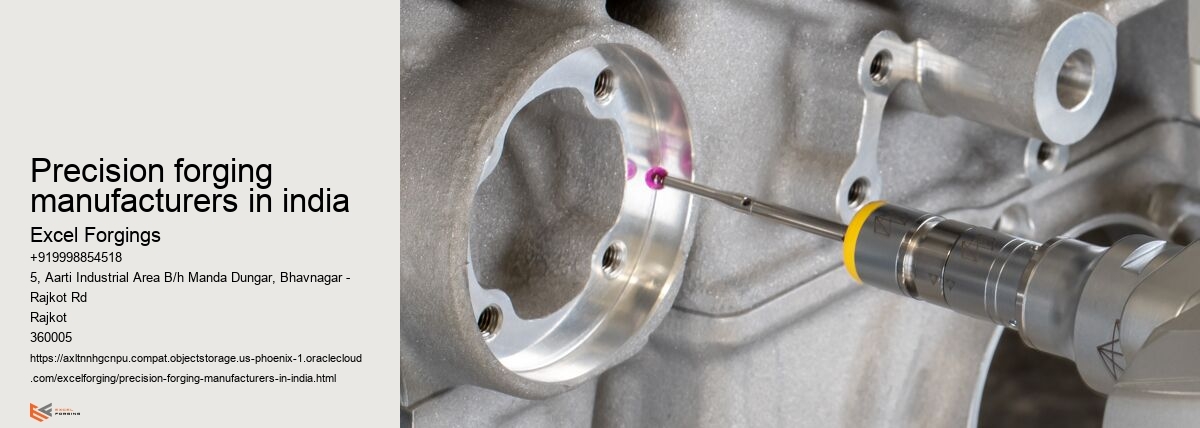


Warranty considerations for forgings depend on the type of forging and the specific application. In general, it is recommended that all forged products be inspected upon delivery and any defects noted be brought to the attention of a qualified supplier or expert in order to determine if remedial action can be taken prior to installation. If defects are found after installation, warranty coverage may no longer apply and any remedies will likely require negotiation with the manufacturer or supplier.
To prevent forging defects, it is important to control the temperature of the material and ensure there are no flaws or cracks in it prior to forging. It is also important to properly lubricate the metal and maintain correct pressure during the forging process. Additionally, using high-quality tools and a reliable heating source can help avoid forming defects, as well as maintaining accurate records of all production processes. Finally, regular inspection of parts for any surface cracks should be done before these parts are sent for further processing.
Metallurgical considerations for forgings include factors such as alloy selection, grain structure, heat treatment process and metallographic analysis. Alloy selection is important because the correct material must be used to ensure proper forging strength and ductility. Grain structure also plays an important role in the performance of a forged component; thus, preparation techniques such as austenitizing and tempering are used to refine the grain size prior to forging. Similarly, metallographic analysis help determine the microstructure of metal after forging so that any issues can be addressed before final product is delivered. Finally, some materials require additional processing steps such as quenching or pressure testing after they are forged in order to achieve desired properties. Ultimately, it is essential that all these factors are taken into account when choosing a suitable material for forge components.